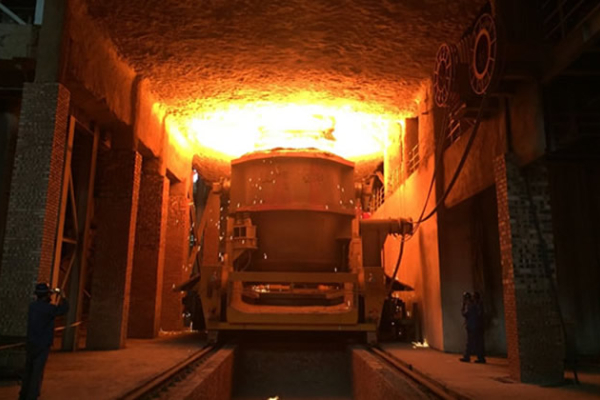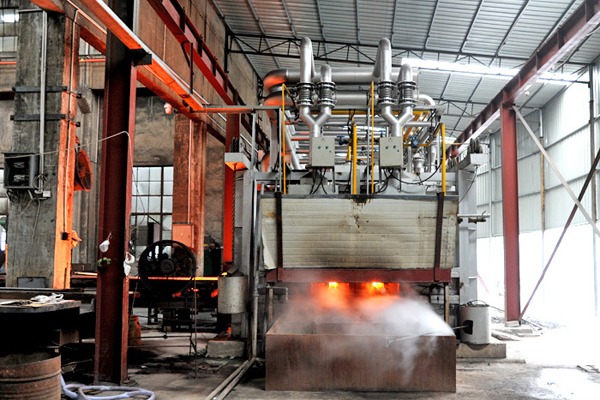Endüstriyel fırın fırınlama yöntemleri giriş
Endüstriyel fırınlar, endüstriyel üretimde vazgeçilmez ve önemli ekipmanlardır. Performansları ve yaşamları doğrudan üretim verimliliğini ve ürün kalitesini etkiler. As a key step before the kiln is put into use, kiln drying has a vital impact on the performance and service life of the kiln. Scientific and reasonable kiln baking methods can effectively remove moisture from the kiln masonry, avoiding cracking, peeling, and even collapse of the masonry due to rapid evaporation of moisture when the kiln is running at high temperature. Aynı zamanda, it also helps the kiln to achieve the best working state, improve thermal efficiency, ve enerji tüketimini azaltın.

What are the main methods of oven baking?
Natural drying method
This is the simplest and most economical method of drying the kiln, and is suitable for small kilns or situations where the ambient temperature is high and the humidity is low. The specific operation is to open all the vents after the kiln is built, and use natural ventilation and sunlight to slowly evaporate the moisture in the masonry. The natural drying method takes a long time, usually several weeks or even months, and is greatly affected by environmental factors.
Hot air oven method
This method uses hot air generated by a hot air furnace or other heat source, which is sent into the kiln through a pipe to heat the masonry and accelerate the evaporation of moisture. The hot air drying method is more efficient and takes less time than the natural drying method, and is not affected by environmental factors. It is suitable for all types of kilns.
Fuel oven method
This method uses the kiln’s own fuel for kiln baking, such as natural gas for gas-fired kilns and coal for coal-fired kilns. The fuel baking method is easy to operate and has low cost, but it requires strict control of the heating speed to avoid excessive temperature and damage to the masonry.
Electric heating oven method
This method uses electric heating elements to heat the kiln, and is suitable for kilns with high temperature control requirements, such as electronic ceramic kilns, cam fırınlar, vesaire. The electric heating kiln method has precise temperature control and convenient operation, but it has high energy consumption and high cost.
Combined oven method
This method combines the advantages of the above-mentioned kiln drying methods, such as first using natural drying to remove most of the moisture, then using hot air kiln drying or fuel kiln drying for rapid heating, and finally using electric heating kiln drying for precise temperature control. The combined kiln drying method can effectively improve kiln drying efficiency, shorten kiln drying time, ve enerji tüketimini azaltın, and is suitable for large and complex kilns.

Factors to consider when choosing the right kiln baking method
- Type and size of kiln
- Type and moisture content of masonry materials
- Ambient temperature and humidity
- Baking time and cost
- Temperature control accuracy requirements
 Rongsheng Refrakter Fabrikası
Rongsheng Refrakter Fabrikası
WeChat
QR Kodunu wechat ile tarayın